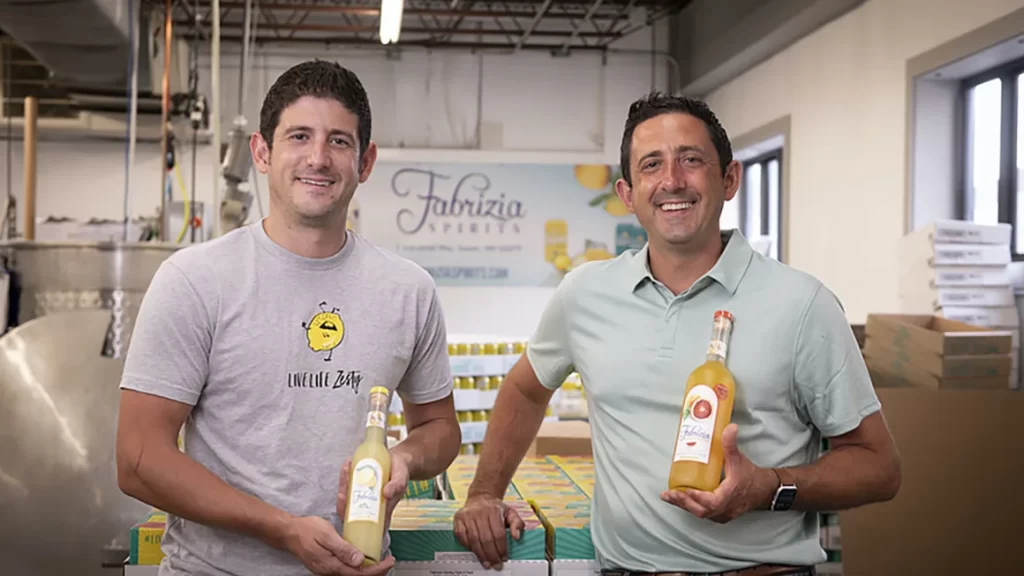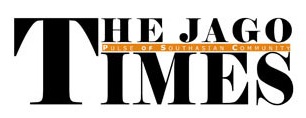Thousands of liters of Italian sparkling wine, ordered before President Donald Trump’s tariff threats, are currently en route to the United States. Before the wine can be unloaded and delivered to its recipients, they may face a substantial tariff bill, potentially as costly as a college education.
Small business owners are reporting a state of paralysis due to the escalating trade war—both the actual tariffs and the looming threats—as tariff disputes impact every aspect of their operations and sales. They are uncertain when the United States will resolve its tensions with Canada or if the threatened 200% tariff on EU alcohol will be implemented.
President Trump had threatened significant retaliatory tariffs on European alcoholic beverages in response to the EU’s proposal of higher tariffs on American whiskey and other products. This, in turn, was a reaction to the U.S. imposing a 25% tariff on steel and aluminum imports.
The EU is currently delaying the implementation of its retaliatory tariffs to allow for negotiation, a development that American winemakers and liquor producers hope will lead to a de-escalation of a trade war they never wanted.
However, the timing—or even the certainty—of Trump backing down from his 200% tariff threat remains unclear. This uncertainty poses a $70,000 question for Phil Mastroianni.
When Life Gives You Lemons
Mastroianni co-founded the limoncello brand Fabrizia Spirits in 2009 with his brother, using a family recipe in their parents’ garage. Fabrizia has since become the largest U.S. producer of limoncello, and this year, the company expects to process one million lemons for their original spirit and canned cocktails.
Fabrizia relies on Sicilian imports for their lemons, sourcing all their Syracusa lemons from a single family in Sicily. In January, the company ordered $35,000 worth of sparkling wine from a Sicilian winemaker, scheduled for delivery in Boston in April, to produce a new Fabrizia limoncello spritzer.
However, the situation has changed significantly since January. If President Trump implements the 200% tariff on European alcohol, Fabrizia could face a $70,000 tariff bill on top of the wine’s cost. The Mastroiannis are now scrambling to develop contingency plans, such as diverting the shipment to a location outside the U.S. to avoid tariffs, which would present logistical challenges like finding alternative storage.
“We’ve even considered turning the shipment around and sending it back,” Mastroianni said.
If Fabrizia is burdened with the substantial bill, Mastroianni says the business will survive, but they will need to cut back on marketing budgets and employee raises. The company has also joined the “Toasts Not Tariffs” coalition, a group of primarily small businesses in the industry opposing U.S., EU, and U.K. tariffs on alcohol.
Mastroianni remains optimistic, stating, “President Trump is a dealmaker, and we believe the 200% tariff might be a negotiating tactic. We’re hoping he will broker a deal that excludes wine and spirits.”
Changing Drinking Habits
The trade war initiated by Trump’s tariffs has also created uncertainty for U.S. companies exporting alcoholic beverages.
Natalie Collins, president of the California Association of Winegrape Growers, reports that vintners in the Napa and Sonoma regions are not seeing their contracts with local wineries renewed as existing contracts expire.
“There’s a lack of purchasing decisions being made,” Collins said. With spring approaching, growers must decide whether to prune or invest in a growing season with uncertain sales prospects.
A family-owned winery in Sonoma County told CNN it has hundreds of cases of wine, already packaged for Canada with specific glass and labeling requirements. However, these products are not moving, as Canadian shelves have been cleared of American wine and liquor.
This is a significant blow to American vintners, who have relied on Canada as the U.S.’s largest wine export market, accounting for 35% of exports, or $435 million worth of wine.
This adds to the challenges faced by California’s wine industry, which is already under pressure from younger generations opting for healthier choices and consuming less alcohol, inflation reducing disposable income, and climate change affecting grape growing. Compliance costs for California grape growers have increased 64% over seven years, reaching $1,600 per acre.
Collins suggests that the tariffs might help level the playing field for California wines, noting that the European wine industry is heavily subsidized by the EU, making their wines less expensive and highly competitive.
Even if the tariffs are short-lived, Collins hopes they will initiate a broader discussion about reducing domestic wine production costs.
Stockpiling
Meanwhile, European alcohol sales are increasing as American consumers rush to stockpile their favorite drinks before potential price hikes.
Wine delivery website and app Vivino reported a 30% spike in sales of French and Italian wines immediately after Trump’s tariff announcement, according to CEO Morten Heuing.
Heuing views the tariffs as a lose-lose situation with ripple effects: “Consumers will change their habits, dining out less and choosing cheaper options,” he said. “Restaurants will lay off sommeliers because there’s no point if half the wine on their list is unaffordable.”
Since last Thursday’s announcement, Wine.com’s sales have been 72% imported and 28% domestic, compared to last year’s average of 60% and 40%, said founder Michael Osborn. Younger customers, in particular, seek international wines, and he fears that if European wines become unaffordable, they won’t find suitable American alternatives.
“I fear there wouldn’t be a direct trade-off… These are unique growing regions with no direct domestic equivalents,” Osborn said.
Collins believes that price will ultimately drive consumer choices, and many will opt for more affordable wines, regardless of origin.
However, the primary issue is the uncertainty. The resulting paralysis—not shipping wine to Canada or starting new contracts with grape growers—has significantly harmed the industry.



